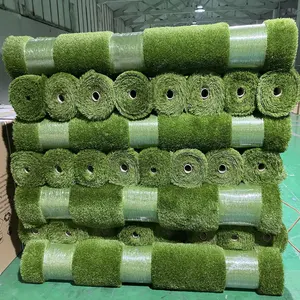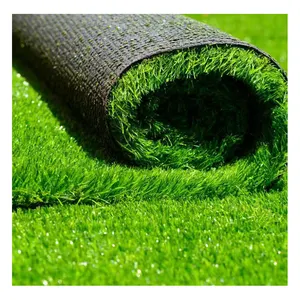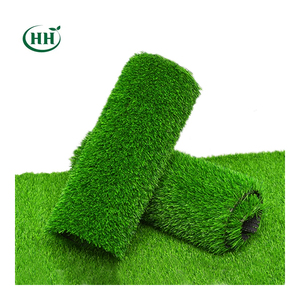Sustainability in carpeting is a multifaceted concept, focusing on materials that support the circular economy. Eco-friendly carpets are characterized by their use of recycled or renewable materials, their capacity for regeneration, and their overall durability. Recycled yarns, often derived from repurposed textiles such as used carpeting or fishing nets, are a prime example of sustainable materials in the industry. These yarns, especially recycled nylon, are notable for their ability to be transformed into new products repeatedly, thereby reducing waste and conserving resources.
Another sustainable option is wool, valued for its renewable nature and biodegradability. Wool carpets contribute to soil health by returning nutrients as they decompose. However, the eco-friendliness of wool carpets is contingent upon environmentally responsible production methods. The backing of carpets also plays a role in sustainability, with options like PET-felt backings made entirely from recycled plastic bottles, which are both sound-absorbing and regenerable.
The innovation of mono-material carpets is a significant advancement, simplifying the recycling process by using a single type of material, such as polyester or nylon. This approach facilitates the dismantling and recycling of carpets, enhancing their sustainability. Overall, the most eco-friendly carpets are those that can be integrated into the circular economy, designed with recyclability in mind, and made from materials that are both sourced and disposed of responsibly.













































 浙公网安备 33010002000092号
浙公网安备 33010002000092号 浙B2-20120091-4
浙B2-20120091-4